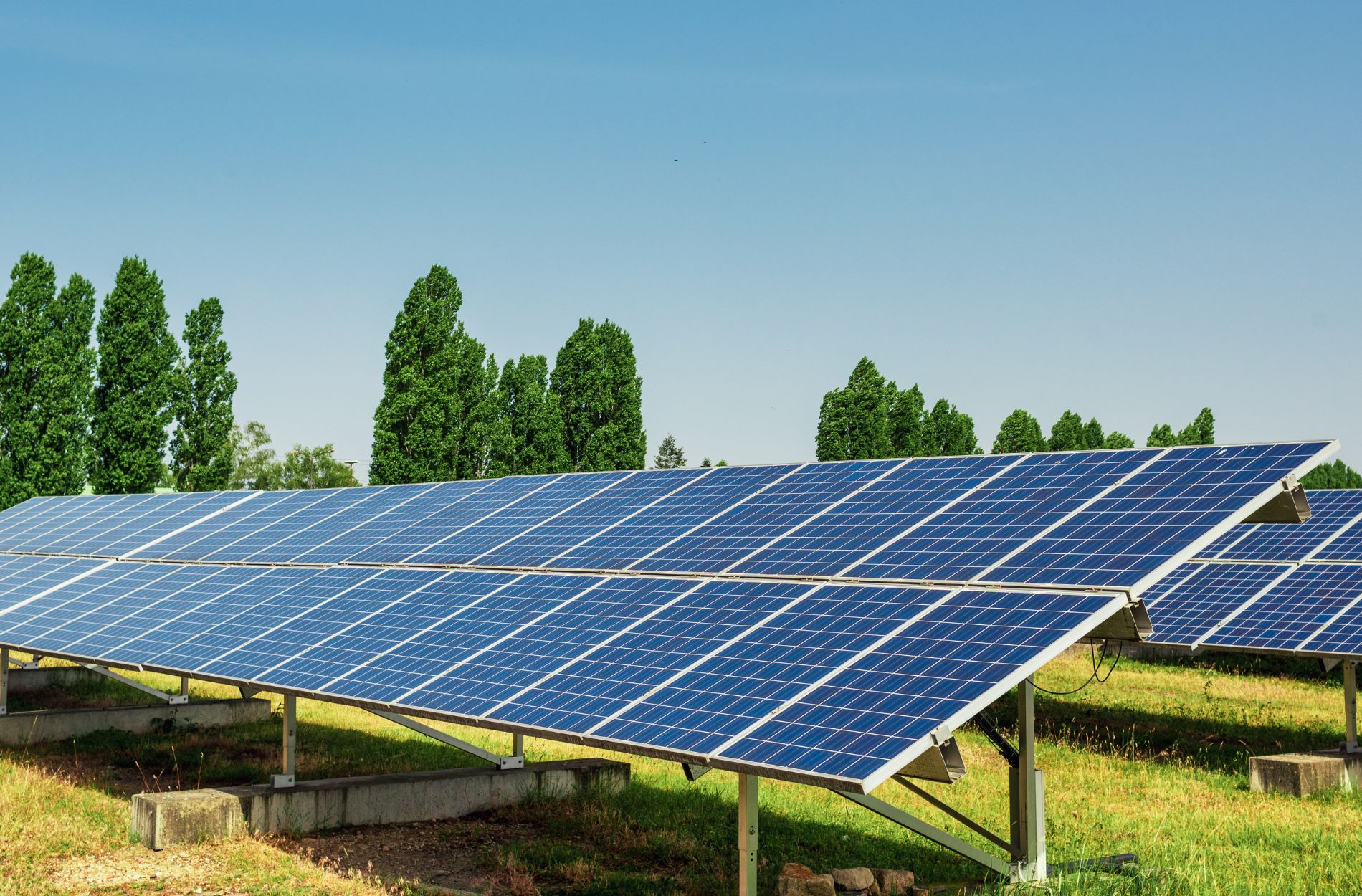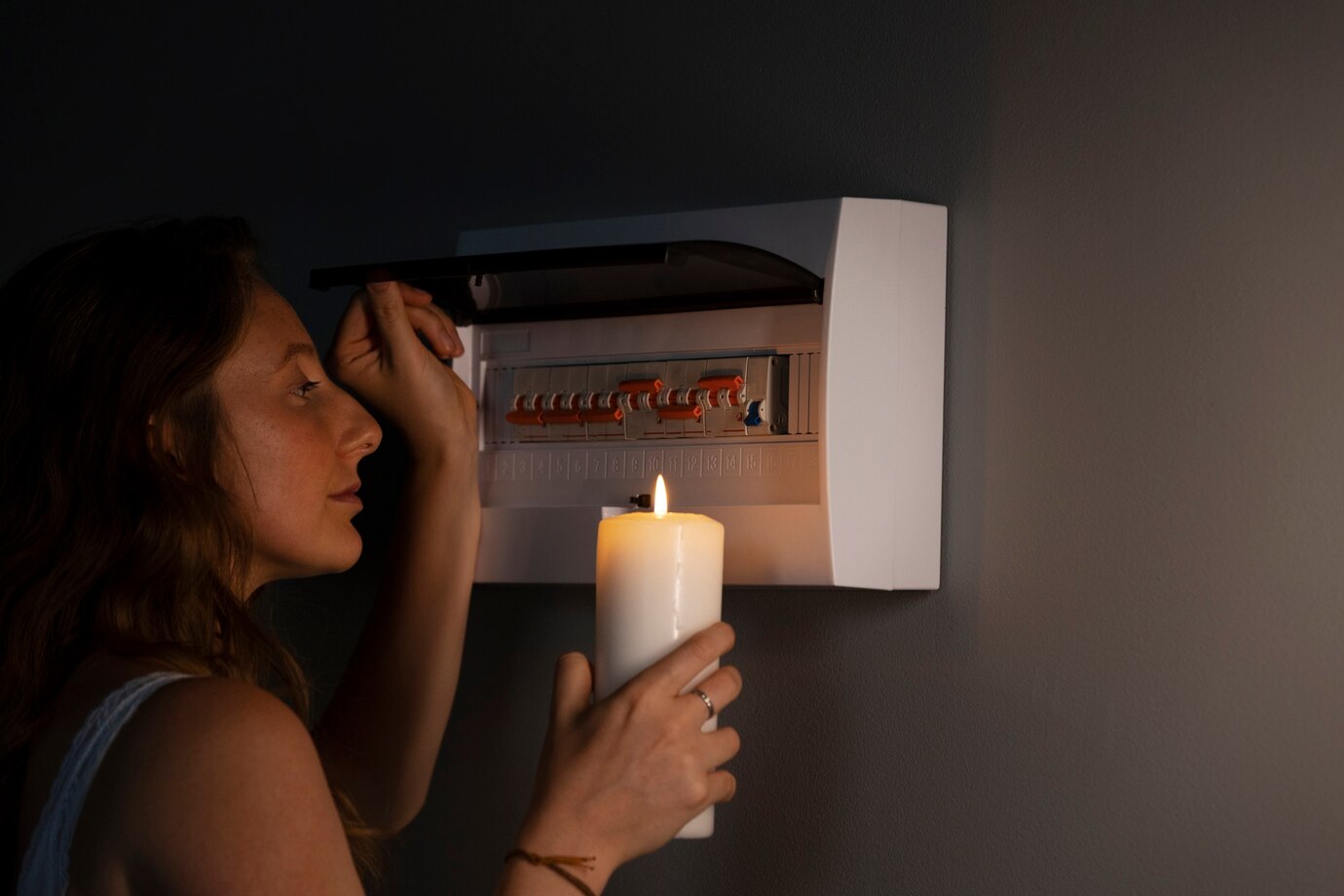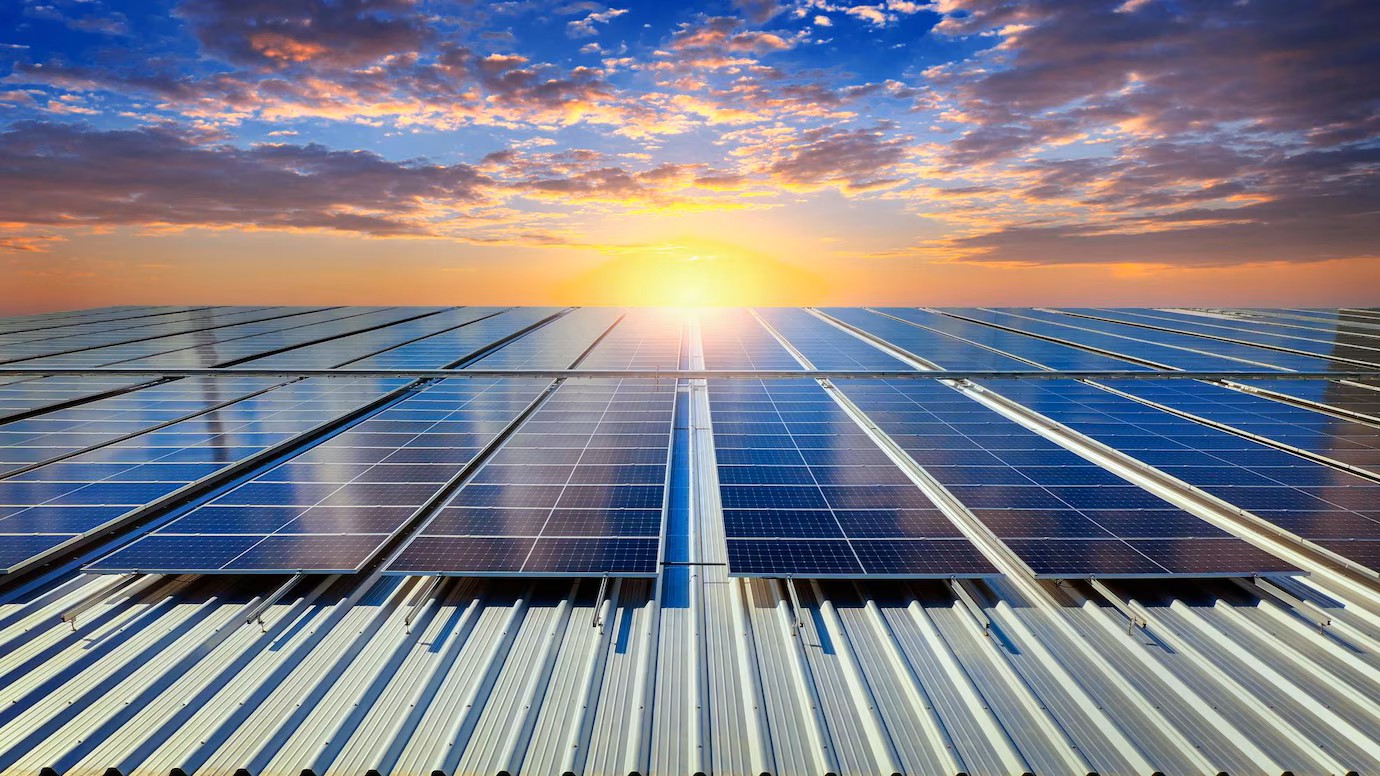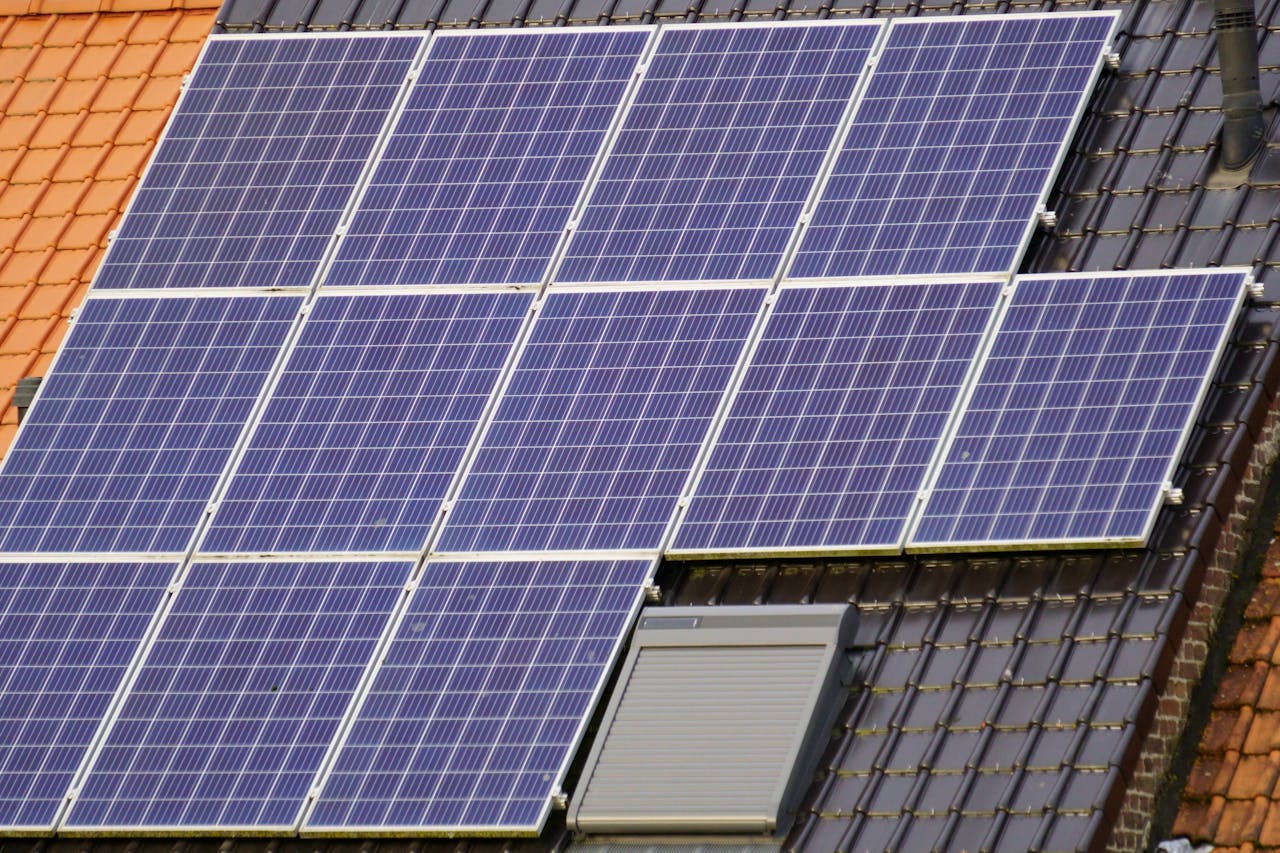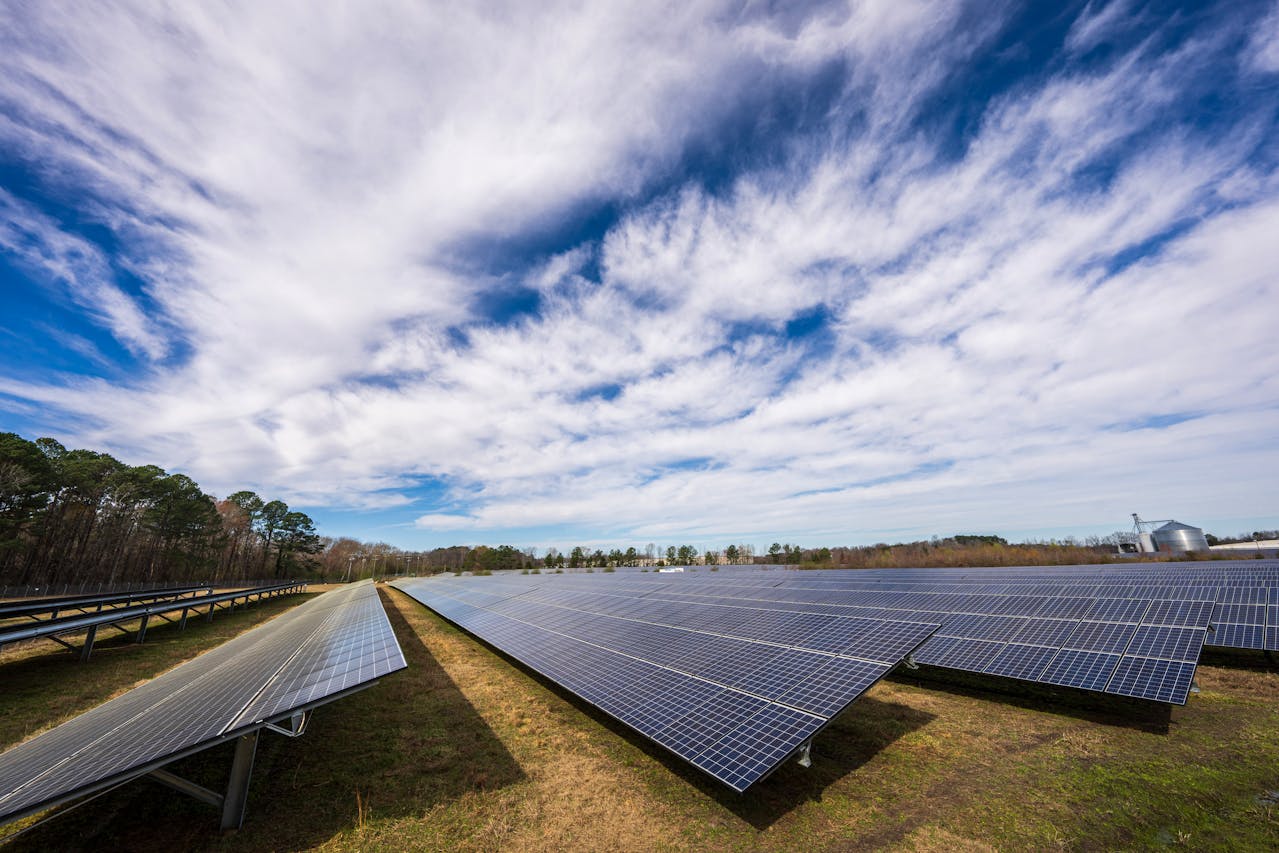Thinking about switching to solar panels? It’s a great way to save money and help the environment. But before you can enjoy the benefits of solar energy, there are a few important steps to take. Preparing for solar panels doesn’t have to be complicated. By following some easy steps, you can make sure your home is ready for a smooth solar installation.
First, it’s important to understand your energy needs. Knowing how much electricity you use will help you decide how many solar panels you need. You’ll want to gather your utility bills and take note of your energy consumption over the past year. This will give you a clear picture of your energy habits and help you plan your solar system more effectively.
Next, take a good look at your roof. The condition and structure of your roof play a big role in supporting solar panels. A well-maintained roof without shading from trees or buildings is ideal. If your roof needs repairs or if it’s not suitable for panels, you’ll need to address these issues before moving forward.
Finally, understanding financial options and finding a reliable solar installer are key steps. There are many financial incentives available to help offset the cost of installation. Choosing a trusted installer ensures your solar panels are set up correctly and safely.
By following these steps, you can prepare your home for a successful solar panel installation. It’s an exciting journey that brings numerous benefits, making it well worth the effort.
I. Evaluate Your Energy Needs
Before you install solar panels, it’s crucial to understand your energy needs. Knowing how much electricity you use will help determine the size of the solar system you’ll need. Start by gathering your utility bills from the past year. Look at your monthly energy usage to see how your consumption changes throughout the seasons. This will give you a clear idea of your average energy usage.
Next, consider any future changes that might affect your energy needs. For example, if you plan to buy an electric vehicle or add a home extension, you’ll likely use more electricity. It’s essential to factor in these changes now so your solar system can handle your future energy requirements.
Once you have a good understanding of your energy usage, you can use online tools or consult with a solar expert to estimate how many panels you’ll need. The goal is to produce enough electricity to meet your needs without overloading your roof or budget.
II. Check Roof Condition and Suitability
Your roof plays a vital role in supporting your solar panels. Start by inspecting your roof’s condition. A sturdy, well-maintained roof is ideal for solar installation. If your roof is old or damaged, you’ll need to repair or replace it before installing solar panels. This ensures that your roof can hold the weight of the panels safely.
Next, evaluate the suitability of your roof’s structure. Solar panels work best on roofs that receive plenty of sunlight without obstruction. Check for any shading from trees, buildings, or other structures. Even a small amount of shade can reduce the efficiency of your solar panels. If necessary, trim trees or remove obstacles to maximize sun exposure.
Also, consider the direction and angle of your roof. In the United States, south-facing roofs are generally the best for solar panels because they get the most sunlight. However, east- and west-facing roofs can also work well, depending on your location and energy needs. The angle of your roof should ideally be between 15 and 40 degrees to capture the sun’s rays most effectively.
By assessing and preparing your roof, you can ensure it’s ready to support your new solar panels. A suitable roof helps maximize the efficiency and lifespan of your solar system, giving you the best return on your investment.
III. Understand Financial Options and Incentives
Installing solar panels involves an upfront investment, but various financial options and incentives make it more affordable. One of the most significant incentives is the federal Solar Investment Tax Credit (ITC). In 2024, the ITC allows you to deduct 26% of your solar installation costs from your federal taxes. This can significantly reduce the initial expense.
Local incentives and rebates are also available. Many states and utility companies offer additional financial support to encourage solar adoption. These rebates can differ based on your location, so it’s wise to check with your local utility provider or a solar expert to see what’s available in Houston.
Considering financing options is another crucial step. Many solar companies offer financing plans that allow you to pay for your solar system over time. Options like solar loans or leases can make solar power more accessible without requiring a large upfront payment. Compare different financing plans to find one that fits your budget and goals.
Lastly, explore net metering programs. Net metering lets you sell excess energy produced by your solar panels back to the grid. This can result in credits on your electricity bill, further reducing your overall energy costs. Understanding these financial aspects helps you make an informed decision and optimize your investment in solar energy.
IV. Select a Reliable Solar Installer
Choosing the right solar installer is crucial for a successful installation. Start by researching different solar companies and reading reviews from past customers. Look for companies with a strong reputation and a history of reliable service. A good installer should have plenty of positive feedback and satisfied clients.
Verify the credentials of any company you consider. The installer should be licensed, insured, and certified by recognized industry organizations like the North American Board of Certified Energy Practitioners (NABCEP). These certifications demonstrate the installer’s expertise and commitment to high standards.
Meet with a few different installers to get quotes and ask questions. Discuss your energy needs, roof condition, and financial options. A reliable installer will provide a detailed assessment and explain the best options for your situation. They should also be transparent about costs and any potential challenges with your installation.
Finally, consider the warranty and support services offered. A good solar system should come with a comprehensive warranty that covers both the equipment and the installation. Ask about post-installation support and maintenance services to ensure your system operates efficiently over the long term.
Conclusion
Switching to solar panels involves several important steps, but each one is manageable with the right information. Start by evaluating your energy needs to understand how many solar panels you’ll need. Check the condition and suitability of your roof to ensure it can support solar panels effectively. Explore financial options and incentives to make the investment more affordable. Finally, choose a reliable solar installer to ensure a smooth and successful installation process.
Making the switch to solar power is a smart decision that can save you money on energy bills and reduce your environmental footprint. At Starlight Solar, we’re here to help you navigate every step of the process. Contact our team of certified solar panel installers today to start your journey toward clean, renewable energy and learn how we can make your transition to solar as seamless as possible.

